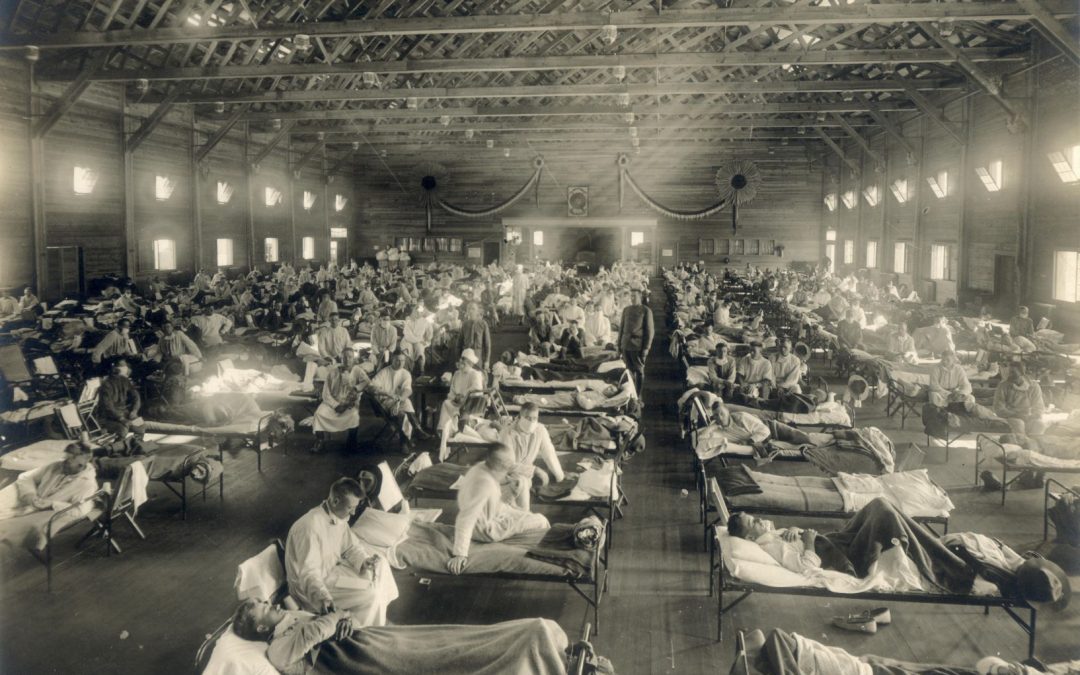
by Susan Ruel | 7 Oct 2020 | Health and Wellness, Politics
Both the 1918 flu pandemic and COVID-19 struck during crucial U.S. elections, infecting the nation’s leaders. But in 1918, a world war was raging. A hospital in Kansas during the 1918 flu epidemic (Wikimedia Commons) After six months of sheltering in place due...
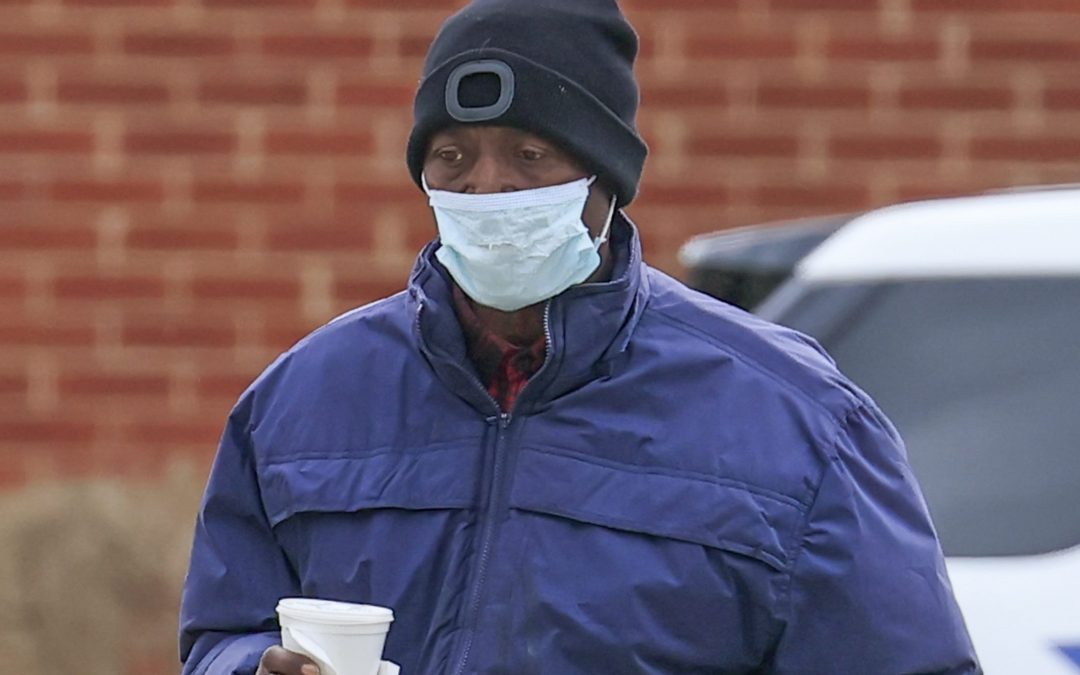
by Tendayi Chirawu | 30 Sep 2020 | Chadwick School, Health and Wellness, The Kids Are Alright, United States
Black Americans are dying at a higher rate from COVID-19 than whites. “The Kids Are Alright” podcast looks at the disparities in mortality. “COVID-19 doesn’t discriminate, but it is infecting a society that does.” So states Sage...
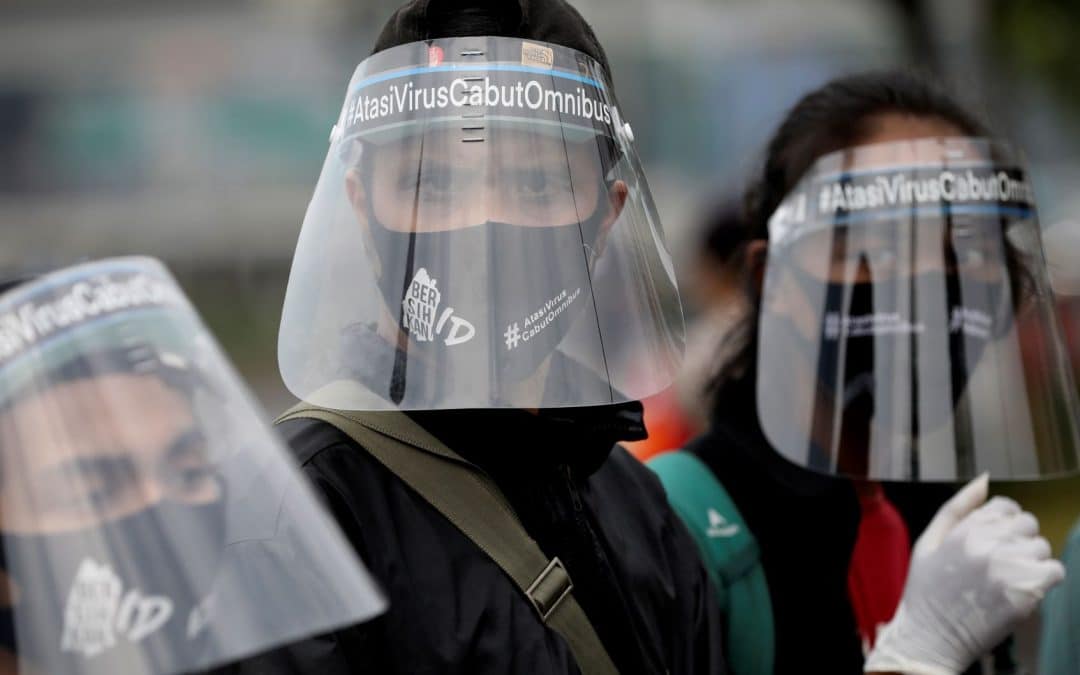
by Jonathan Thatcher | 28 Sep 2020 | Asia, Environment, Health and Wellness
COVID-19 has slashed incomes in Indonesia, spurring illegal logging, poaching and mining. The environment and wildlife habitats are taking a hit. Activists protest against a government bill they say would harm the environment, Jakarta, Indonesia, 14 July 2020. (AP...
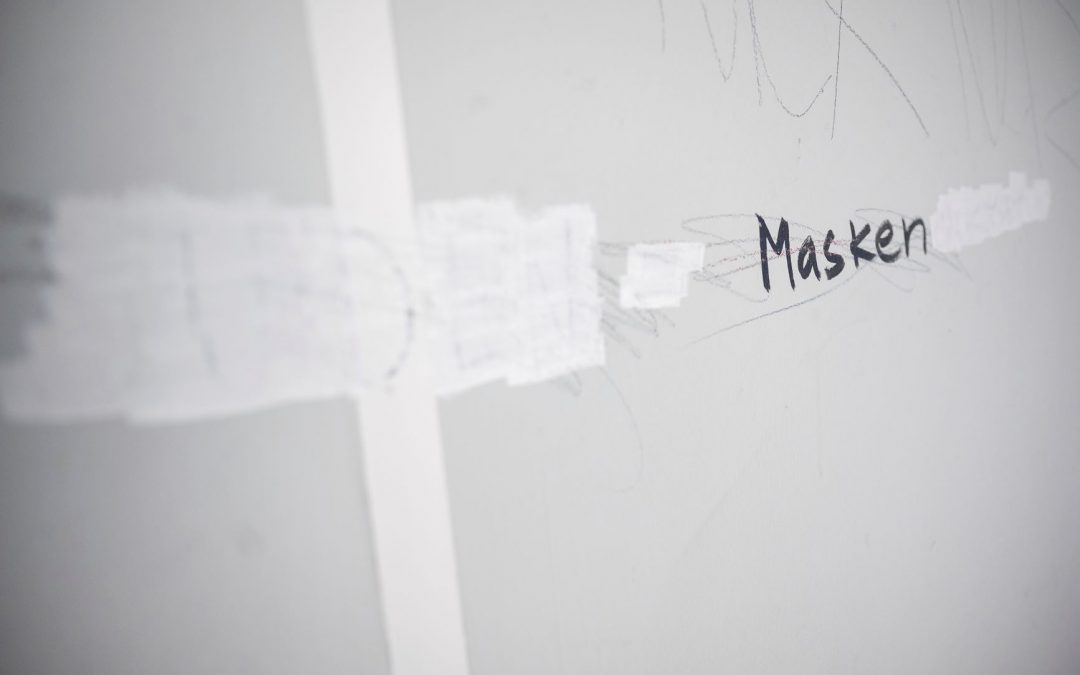
by Bernd Debusmann | 10 Sep 2020 | Health and Wellness, World
Jews were blamed by some for spreading the Black Death plague in the Middle Ages. Now, incidents of antisemitism are on the rise during COVID-19. Only the word “masks” can still be read from an inscription that was formerly “Jews = mask...
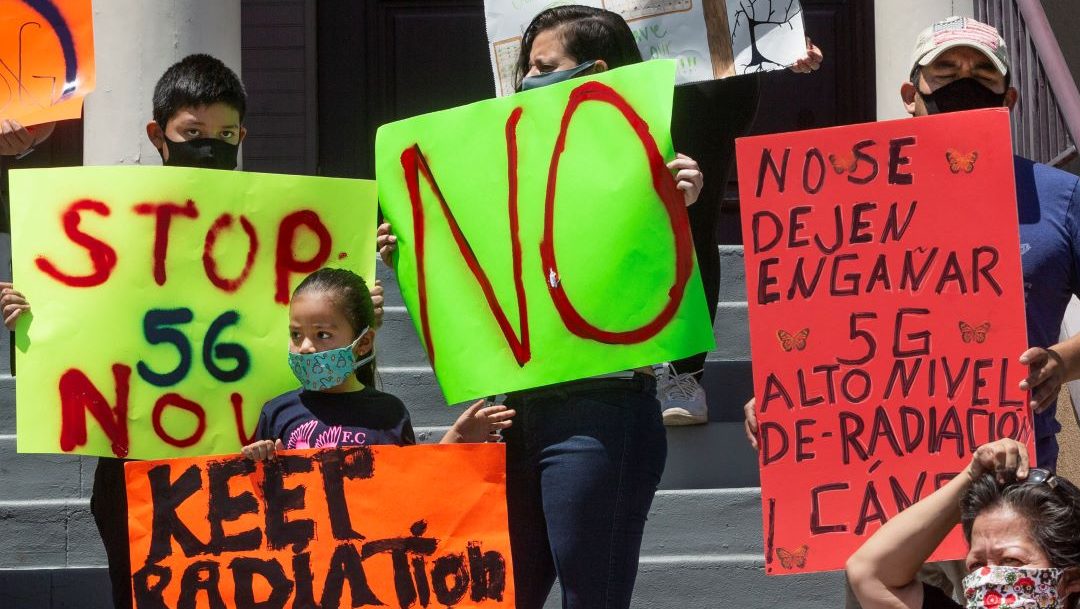
by Sarah Edmonds | 1 Sep 2020 | Donald Trump, Educators' Catalog, Health and Wellness, World
They’ve been around for a long time and flourish in a crisis. Conspiracy theories may seem absurd and harmless to some — but they can do damage. Activists demonstrate against 4G/5G cell towers in Los Angeles, California, 2 May 2020. (AP Photo/Damian...
Like fake news, conspiracy theories abound in today’s polarized political world. Sarah Edmonds shows that they have been around for a long time and thrive in times of crisis such as the coronavirus pandemic. In an age when facts and science are under attack, how can a student know what to believe in? Should we simply dismiss those who perpetrate conspiracy theories — or engage with them? Edmonds interviewed numerous experts for her article and skilfully weaved in their quotes — a good example for student writers. Teachers of subjects from Science to Politics can use Edmonds’s story to encourage students to suspend their prejudices and push themselves to see contrasting viewpoints.





